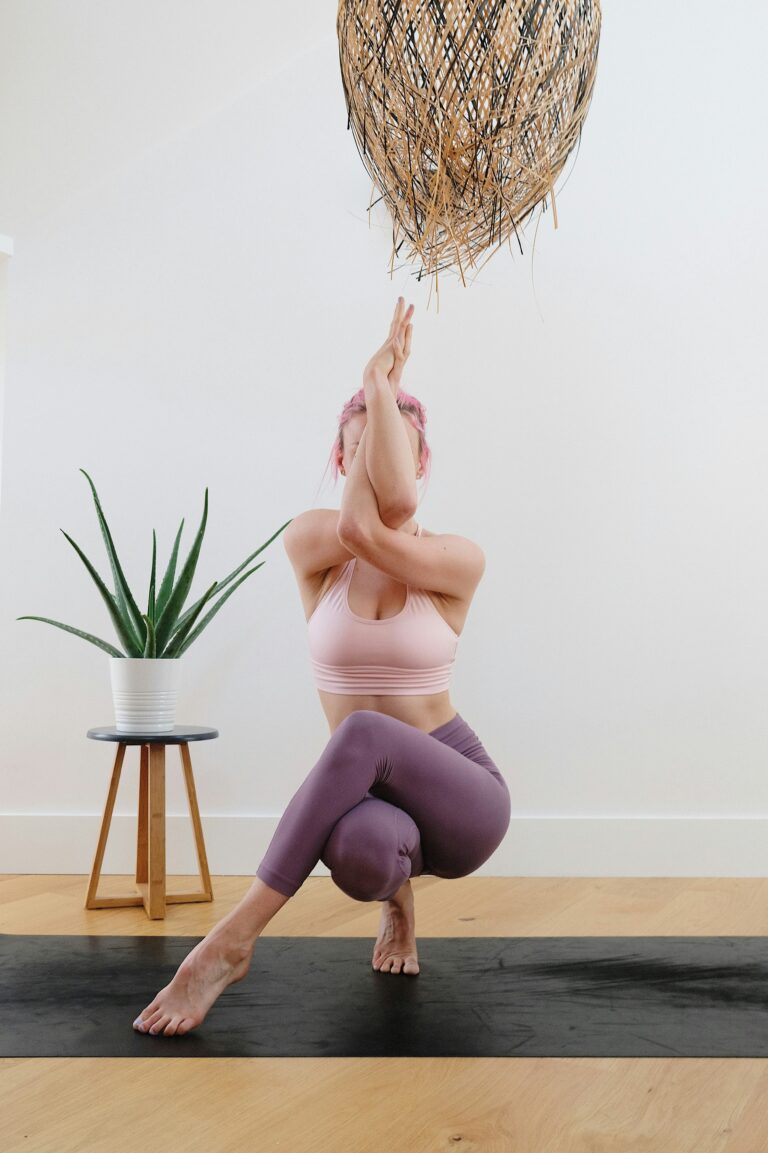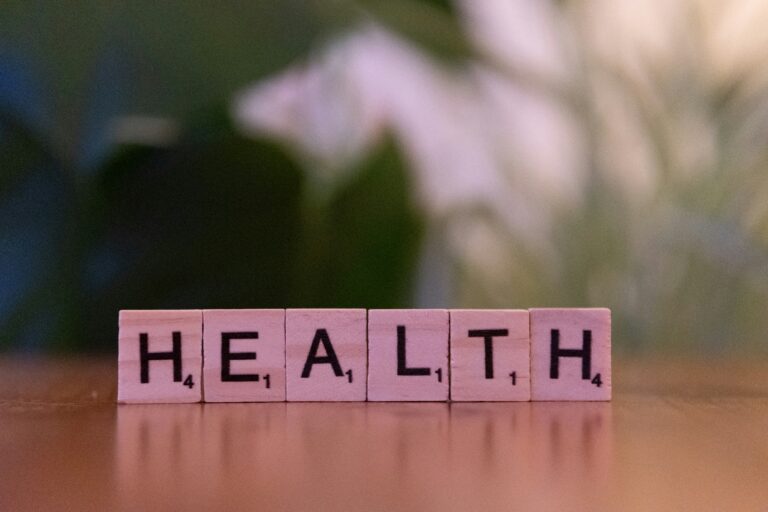As the season transitions into fall, the risk of falls and accidents in homes may increase due to changing weather conditions. This piece offers valuable insights on ‘Stay Safe and Steady: Fall Prevention Courses and Home Safety Tips to Keep You on Your Feet This Fall’. It is a comprehensive guide to creating safer living environments and avoiding potential accidents. Through this, we aim to empower you with knowledge to keep yourself and your loved ones safe.

This guide is not just about listing out tips, but it will also delve into details of fall prevention courses. These are designed by experts in the field, to equip individuals with the knowledge and practical skills required to prevent falls. You will get to explore different courses, understand what they entail, and learn how they can be beneficial to you.
Furthermore, we will be sharing a myriad of home safety tips particularly relevant to the fall season. From making sure your outdoor areas are well-lit and free of slippery leaves, to ensuring your indoor spaces are clutter-free and easily navigable, this guide will provide a plethora of information. These tips will be practical, easy to implement and aimed at a variety of age groups.
Lastly, we aim to strike a balance between fall prevention and maintaining independence. Prevention doesn’t have to mean compromising on your lifestyle. This piece will show you how you can stay safe while continuing to live the life you love. Stay tuned for a comprehensive and detailed guide on fall prevention and home safety tips to keep you steady this fall season.
Understanding Fall Prevention
Fall prevention is an essential component of maintaining long-term health, safety, and independence, especially among older adults and individuals living with chronic conditions. Falls are one of the leading causes of injury-related hospitalizations, fractures, and even fatalities in older populations. Beyond the physical consequences—such as broken bones or head injuries—falls can have a profound psychological impact, often resulting in fear of falling, which may lead to reduced physical activity, social isolation, and a diminished quality of life.
Understanding the causes and risk factors of falls is the first step toward creating a safer living environment and a more proactive approach to personal health. Risk factors can include poor vision, muscle weakness, balance issues, side effects from medications, and environmental hazards such as poor lighting or slippery floors. However, the good news is that many falls are preventable through targeted strategies, education, and lifestyle modifications.
Fall prevention is not just about avoiding injury—it’s about preserving mobility, confidence, and independence as we age. It is a dynamic, ongoing process that requires awareness, preparation, and active participation in health and safety practices.
The Importance of Fall Prevention Courses
Fall prevention courses play a crucial role in teaching individuals how to navigate their environment safely. These courses provide necessary information on understanding the risk factors for falls, the appropriate use of assistive devices, and the implementation of home safety measures. Typically, these courses cover topics such as the importance of exercise in improving strength and balance, the role of medication in fall risk, and the significance of regular eye and health checkups. By equipping individuals with this knowledge, they can significantly reduce their risk of falls and associated injuries.
Home Safety Measures to Prevent Falls
The home should be a place of comfort and security, yet it is one of the most common locations where falls occur, especially for older adults and individuals with mobility or vision impairments. Many of these falls are preventable through thoughtful adjustments and proactive planning. Implementing home safety measures is a highly effective way to reduce the risk of injury and create a living environment that promotes confidence, independence, and peace of mind.
Start by removing tripping hazards throughout the home. Regularly inspect each room and hallway for potential risks such as loose or wrinkled rugs, scattered clutter, uneven flooring, and exposed electrical cords. These small items can easily cause someone to lose balance and fall. Keeping floors clear and organized significantly minimizes these risks.
Installing handrails and grab bars in critical areas—such as staircases, bathrooms, and narrow hallways—can provide essential support and stability, especially when transitioning from sitting to standing or when navigating steps. Ideally, stairways should have handrails on both sides, and bathrooms should include grab bars near toilets, showers, and bathtubs to help with mobility and reduce the chance of slipping on wet surfaces.
Improving lighting throughout the home is another vital strategy. Ensure that all rooms, staircases, and hallways are well-lit, particularly at night. Use nightlights in bedrooms and bathrooms, and consider adding motion-sensor lights for additional convenience and safety. Bright, uniform lighting helps individuals clearly see their surroundings, avoiding unseen obstacles and sharp changes in elevation.
Non-slip mats and adhesive strips in high-moisture areas—such as bathrooms, kitchens, and laundry rooms—are also crucial. These anti-slip surfaces reduce the likelihood of slipping on wet tiles, which is a common cause of household falls. Additionally, wearing well-fitted shoes with non-skid soles indoors can further enhance traction and stability.
Investing in Assistive Devices
In many cases, especially for those with reduced strength, balance challenges, or medical conditions, assistive devices play a key role in fall prevention. These tools are designed to provide support, enhance mobility, and increase confidence while performing daily activities. Common assistive devices include canes, walkers, rollators, grab bars, raised toilet seats, and shower chairs.
A cane may be appropriate for individuals who need slight support while walking, while walkers offer more comprehensive stability for those with significant balance issues or leg weakness. Grab bars installed in bathrooms, stairways, and entryways allow users to hold on for support during transitions and reduce the risk of falls in slippery or unstable areas.
However, it is not enough to simply own these tools—proper use is essential for maximizing their benefit. Misusing or failing to maintain assistive devices can sometimes increase the risk of injury. For this reason, it’s highly recommended that individuals consult with a healthcare provider, such as a physical therapist or occupational therapist, who can assess mobility needs and offer training on the correct use of each device.
Professionally guided adjustments, like customizing the height of a walker or ensuring a cane has the proper grip and tip, make a big difference in safety and effectiveness. In some cases, home assessments may also be conducted by specialists to recommend device placements and additional safety upgrades.
By investing in the right assistive tools and using them appropriately, individuals can significantly reduce their risk of falling, while also enhancing their freedom and ability to move about with confidence and security.lthcare professional can provide guidance on the appropriate device and usage.
Keeping Fit and Healthy
Maintaining good physical fitness is a fundamental pillar of fall prevention and overall well-being, particularly as we age. The human body relies on a combination of muscle strength, joint flexibility, coordination, and reflex responsiveness to move confidently and safely through different environments. As these physical attributes naturally decline over time, the risk of tripping, stumbling, or losing balance increases. However, these declines are not inevitable or irreversible—regular physical activity can help preserve and even enhance these essential capabilities.
Staying active not only helps prevent falls, but also contributes to a healthier cardiovascular system, better posture, increased bone density, and enhanced mental health. Engaging in physical exercise supports independence, boosts confidence in daily movements, and can reduce anxiety related to the fear of falling, which often leads to a dangerous cycle of inactivity and further deconditioning.
The Role of Exercise
Among the various strategies to prevent falls, exercise is one of the most effective and research-backed tools available. Specifically, programs that emphasize strength training, balance enhancement, and flexibility are especially beneficial. Exercises that target the lower body—such as leg lifts, squats, and heel-to-toe walking—strengthen muscles that are crucial for stability. Improving core strength is also important for maintaining proper posture and preventing sudden loss of balance.
Balance-focused exercises, such as those found in yoga, Pilates, and particularly Tai Chi, are known to promote mindfulness, body awareness, and fluid movement. Tai Chi, in particular, is a low-impact, slow-motion practice that improves proprioception (the body’s sense of its position in space), coordination, and neuromuscular control. Its gentle nature makes it suitable for people of all ages and fitness levels, especially older adults who may be wary of high-impact workouts.
By incorporating regular, targeted exercise into daily life, individuals can dramatically lower their risk of falling while also enhancing their quality of life. Fitness is not just a tool for strength—it is a proactive defense against injury and a key to sustained independence.
Importance of Good Nutrition
Good nutrition is also crucial for maintaining strength and preventing falls. A diet rich in calcium and vitamin D can promote bone health and prevent conditions like osteoporosis, which can increase the risk of falls. Regular hydration is also vital as dehydration can lead to dizziness and falls.

Regular Health Checkups
Routine health checkups are a cornerstone of preventive healthcare and play a significant role in minimizing the risk of falls, especially among older adults and individuals with chronic health conditions. These regular visits to a healthcare provider can help identify and monitor underlying medical issues that may compromise balance, coordination, or muscle strength—factors that are directly linked to fall risk. Conditions such as vision impairment, neurological disorders (e.g., Parkinson’s disease, peripheral neuropathy), cardiovascular problems, and inner ear disorders can all contribute to instability and a greater likelihood of falling.
Additionally, certain medications—including sedatives, tranquilizers, antidepressants, blood pressure drugs, and even some over-the-counter remedies—can cause side effects such as dizziness, fatigue, or confusion, which may impair judgment and physical coordination. Through regular checkups, healthcare providers can review medication regimens, adjust dosages, or prescribe alternatives that pose a lower risk to balance. Preventive screenings and open discussions with your doctor allow for early detection and timely interventions that can greatly reduce the chance of fall-related injuries and complications.
Eye Checkups
Maintaining optimal vision is another critical aspect of fall prevention. Regular eye examinations can detect changes in vision that may not be immediately noticeable but still impact depth perception, peripheral vision, and visual clarity—all of which are essential for safe mobility. Blurred vision, poor contrast sensitivity, or untreated eye conditions such as glaucoma, cataracts, or macular degeneration can significantly increase the likelihood of tripping, misjudging steps, or bumping into unseen obstacles.
Keeping eyewear prescriptions current ensures that individuals are seeing as clearly as possible, which directly enhances their ability to navigate their environment safely. Eye care professionals can also recommend specialized lenses or visual aids when needed. In combination with adequate lighting and hazard-proofing the home, up-to-date vision care is a vital step in reducing fall risk and promoting overall safety and confidence in daily activities.
Medication Reviews
Regular medication reviews can also help prevent falls. Some medications can cause side effects like dizziness or confusion, increasing the risk of falls. A healthcare professional can review your medications to identify any potential risks and suggest alternatives if necessary.
In summary, fall prevention involves a combination of strategies, including education, home safety measures, physical fitness, regular health checkups, and appropriate use of assistive devices. By implementing these strategies, you can effectively reduce your risk of falls and stay safe and steady on your feet this fall.
Conclusion
In conclusion, the importance of staying safe and steady, especially during the fall season, cannot be overstated. The understanding and implementation of fall prevention strategies gained from courses and home safety tips are invaluable tools for maintaining a safe and secure environment. These methods significantly reduce the risk of falls and subsequent injuries, enhancing the quality of life, especially for the elderly and those with mobility issues. Furthermore, implementing these safety precautions in our daily routines can foster an increased sense of confidence and independence in our activities. This not only benefits us physically but also positively impacts our mental health, contributing to overall well-being. It is therefore crucial that we take the initiative to educate ourselves and stay informed about fall prevention and home safety measures. In the face of potential fall hazards, knowledge and preparedness are our most reliable defenses. So, this fall and beyond, let’s all take strides to ‘Stay Safe and Steady,’ ensuring our homes and daily routines reflect a commitment to safety, stability, and wellness.



